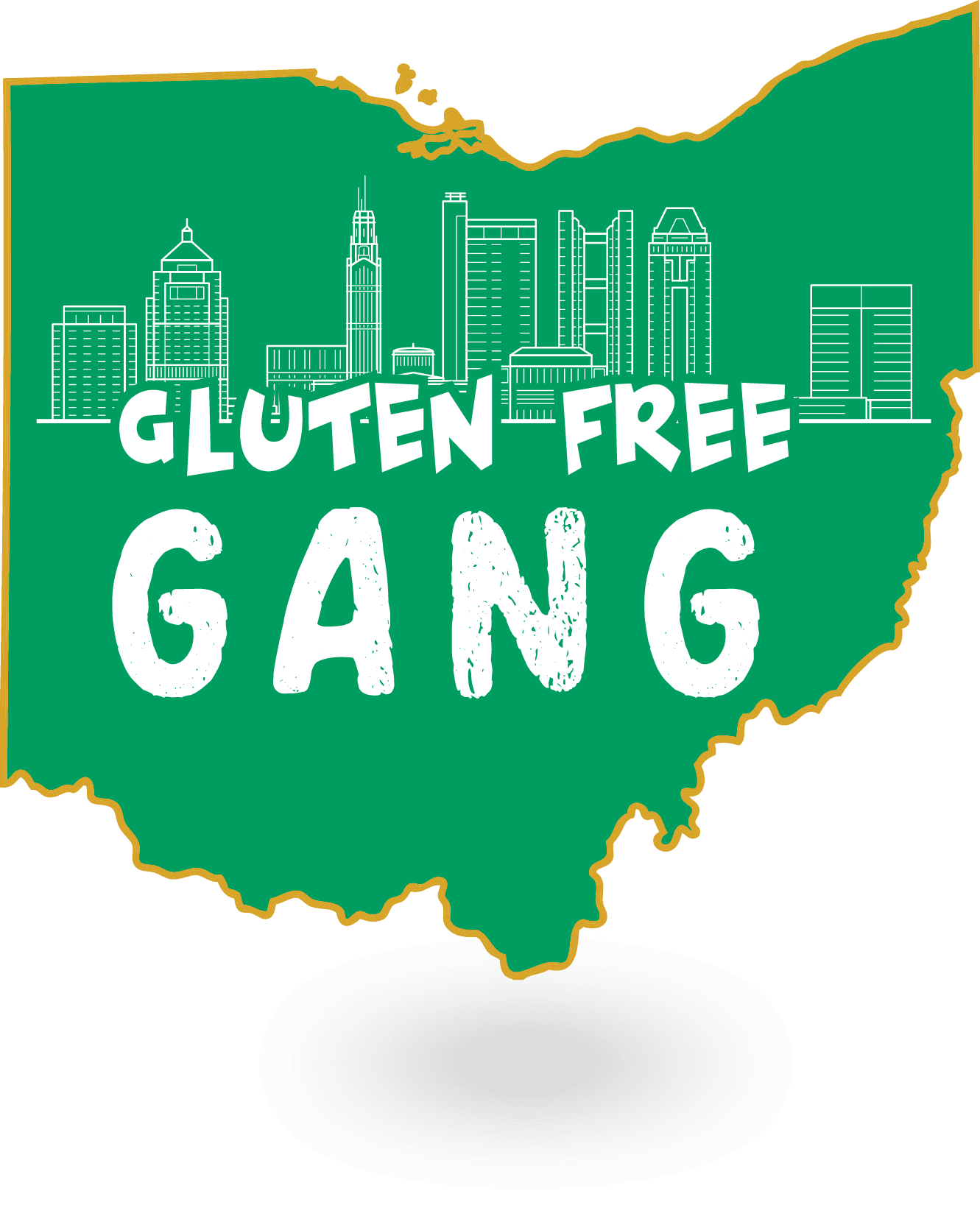TIPS + RECOMMENDATIONS FOR RESTAURANTS
GET Recommendations for both local and beyond
RESTAURANT GUIDELINES BROUGHT TO YOU BY
Celiac Disease Center at Columbia University
Eating out can be a pleasurable experience, and following the gluten-free diet should not change that. While many places now have a gluten-free menu, you should not limit your options to those restaurants. It may take a little longer for you to decide what to order, but you can still eat a safe and delicious meal whether you are joining a last minute dinner date with friends, strolling through the streets in an unknown city, or going back to your favorite restaurant before your diagnosis of celiac disease. With the health of the tips in this section, we encourage you to make the most out of dining out anywhere!
USE THE INTERNET
If you know of your plans in advance, many restaurants now post their menus online, allowing you to read through and choose items that may be safe for you.
Apps
Call Ahead
Especially if you are uncomfortable asking a lot of questions once you are at the restaurant. This alerts the chef that he/she will need to prepare a safe item. Remember to call at “off-hours,” not during the middle of a lunch rush hour.
Email Ahead
For example:
“Hello, I am interested in visiting your restaurant and was wondering if I can safely eat at your restaurant wih celiac disease/allergy to gluten. In particular, my concern wold be cross contamination with shared utensils, pots, pans, countertops, grills, and shared fryers for example.
Can you please advise me if you think it would be safe to eat at your restaurant with celiac disease. I really appreciate the help!”
Reservations
When making reservations ask the host to put a note on your reservation that you have celiac disease so that your waiter is aware. If making reservations online (e.g. Open Table), write this in your reservation comments.
Always Identify Yourself
As someone needing a special diet. Use a statement such as:
“I have a severe food allergy,” or “I have celiac disease.” Avoid the use of the term “autoimmune disease.”
Speak to manager, maître d’ or chef
The key is to get your special needs conveyed to the chef or cook. If your waiter appears uninterested or unwilling to help ask for the manager.
Ask Specific Questions
Ask about any menu items that may not be safe. Use a dining card to help the staff understand your special diet. If language is a barrier, use language cards that can be found online.
Questions to ask the Server or Chef
- Do you have a gluten-free menu?
- Is there flour in this sauce?
- Are there croutons on the salad?
- What is in the BBQ sauce?
- What is in the salad dressing?
- Is the meat or chicken marinated? Check marinade.
- Which foods are deep fried?
- Are the fried foods cooked in a dedicated frier?
- Which of your dishes contain soy sauce?
- Is there any flour, batter, or breading?
- Are the noodles rice or wheat based?
- Is the pan dusted with flour?
- Is the tortilla 100% corn?
- Is this real or imitation seafood in the sushi?
- How do you prevent cross contamination of pizza?
- Is there wheat/gluten cooked on the grill?
- Is gluten-free pasta cooked in clean water?
- What is in the soup or broth?
- Is the gluten-free bread toasted in the same slot toaster as regular bread?
Order Simple Dishes
Ask for the sauce on the side or omitted altogether.
Do not hesitate
To send food back if not correct.
Be prepared to leave a restaurant
if you feel your needs are not taken seriously.
Thank youR server
And leave a generous tip for good service.
Be a repeat customer
To gluten-friendly restaurants as they will try hard to please a regular guest.
Source
Harrison Roman, G., & Stern, E. B. (Eds.). (2020). The ultimate guide to gluten-free living. New York, NY: Celiac Disease Center at Columbia University. pp. 87-89.
